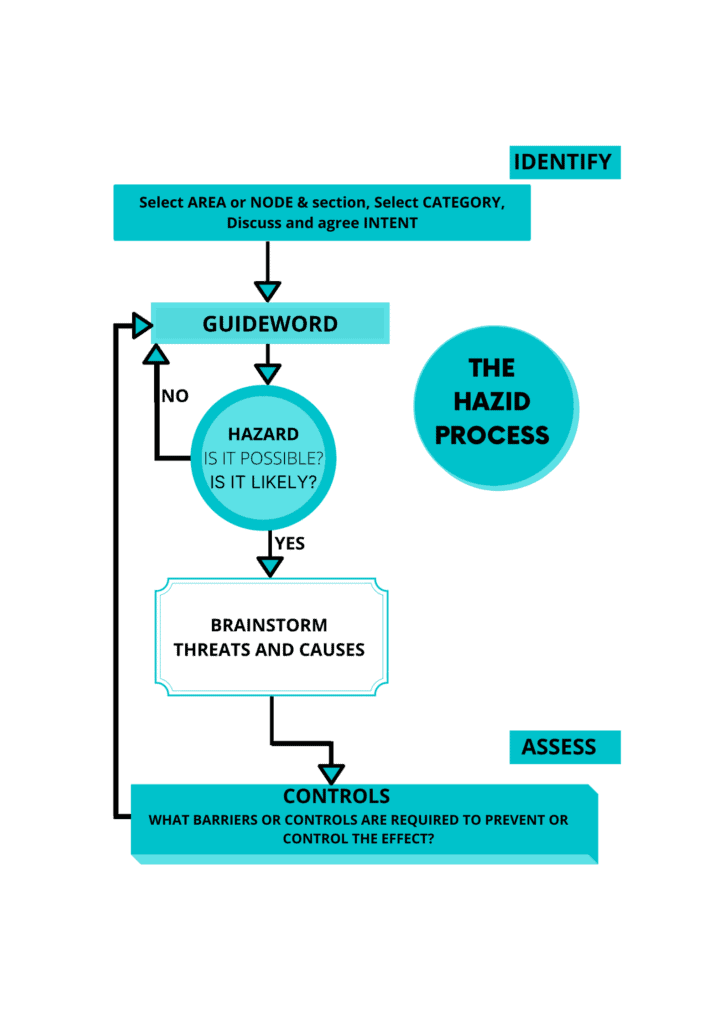HAZID Study
The HAZID study (HAZID Review)serves as a critical risk assessment method that identifies all Major Accident Hazards (MAH) associated with oil and gas facilities. The aim of this study is to pinpoint suitable risk control measures for people, the environment, and assets based on the process and layout. The study offers valuable insights in assessing and addressing HSE hazards in the oil and gas industry.
Input for Formal Safety Assessment
The identification and understanding of MAHs serves as a key input to the Formal Safety Assessment (FSA) of oil and gas facilities. This integration enables a more cohesive and comprehensive understanding of potential hazards, promoting a robust and proactive approach to safety management.
Early Identification and Assessment for Safer Design
HAZID offers a significant benefit by enabling the early identification and assessment of critical HSE hazards. This essential input provides valuable guidance for project development decisions, promoting the adoption of safer and more cost-effective design options without the need for later, more costly changes.
Promoting Safety and Cost-Effective Design
The HAZID study plays a crucial role in promoting safety and cost-effective design in the oil and gas industry. By comprehensively identifying MAHs and implementing suitable mitigative measures, the study enables organizations to prioritize safety and risk management, ultimately reducing the risk of major accidents and supporting cost-effective design options.

